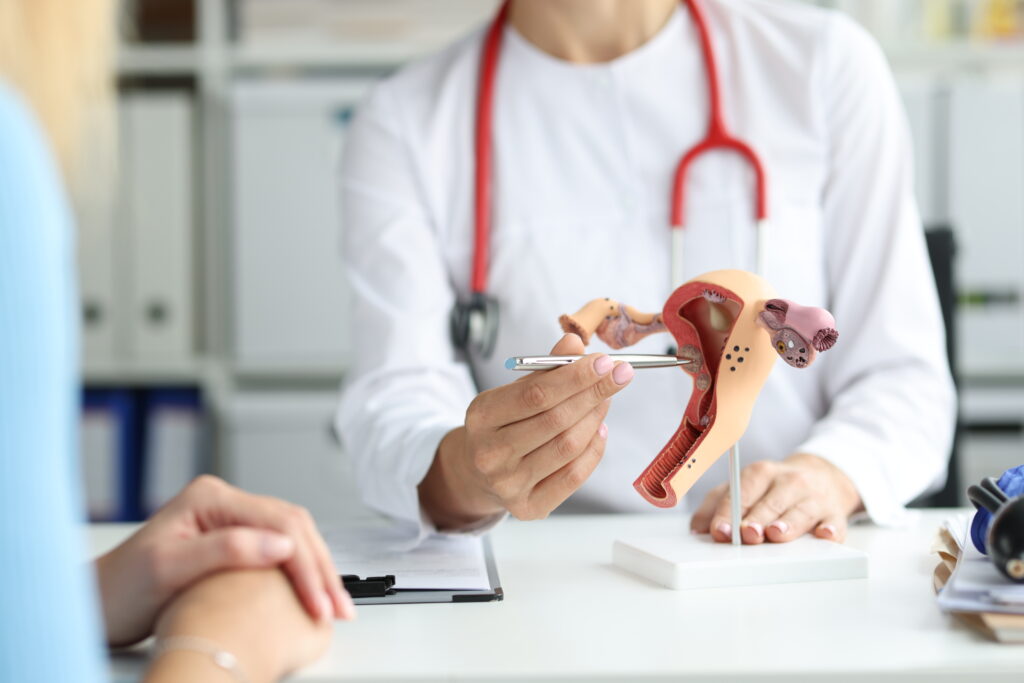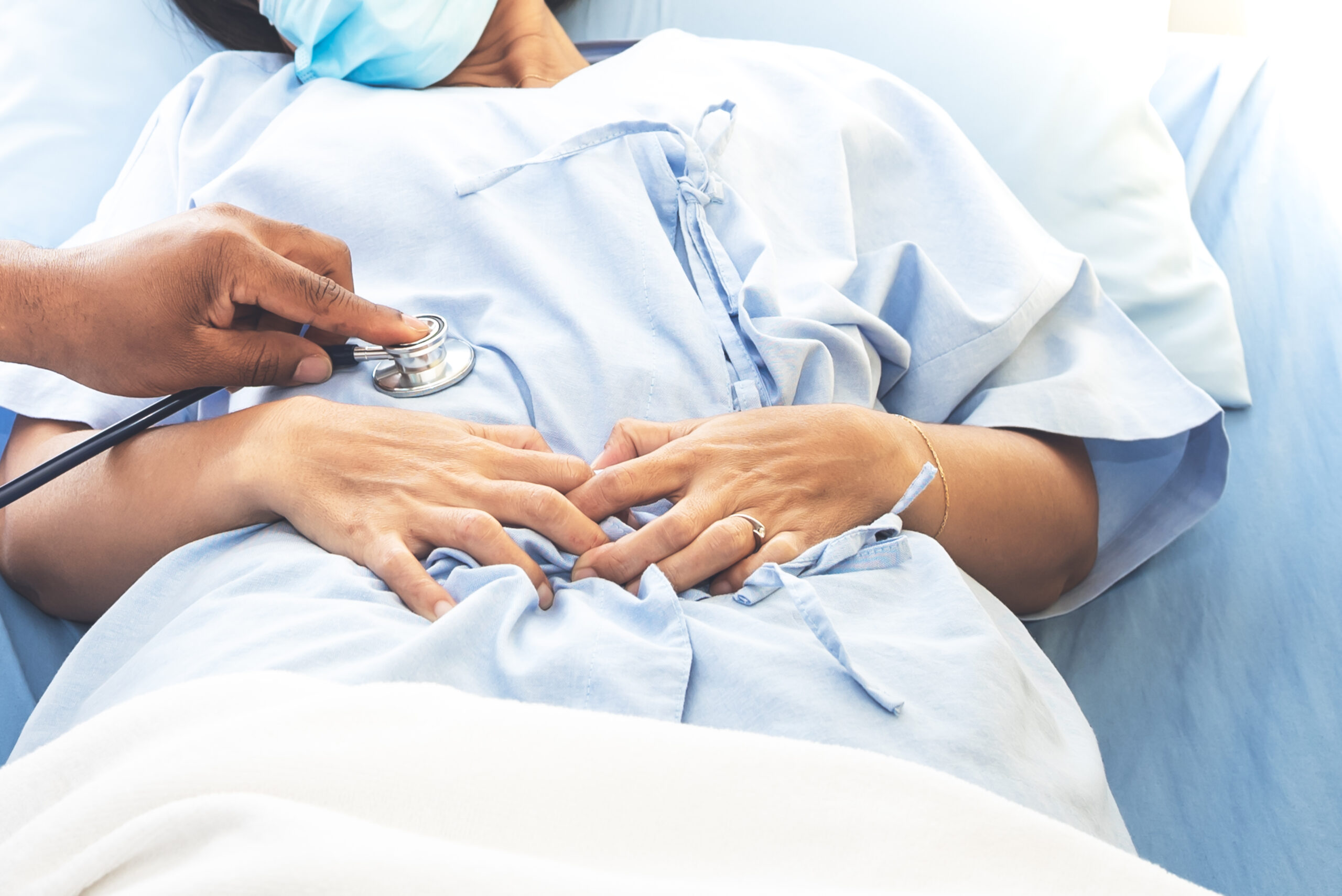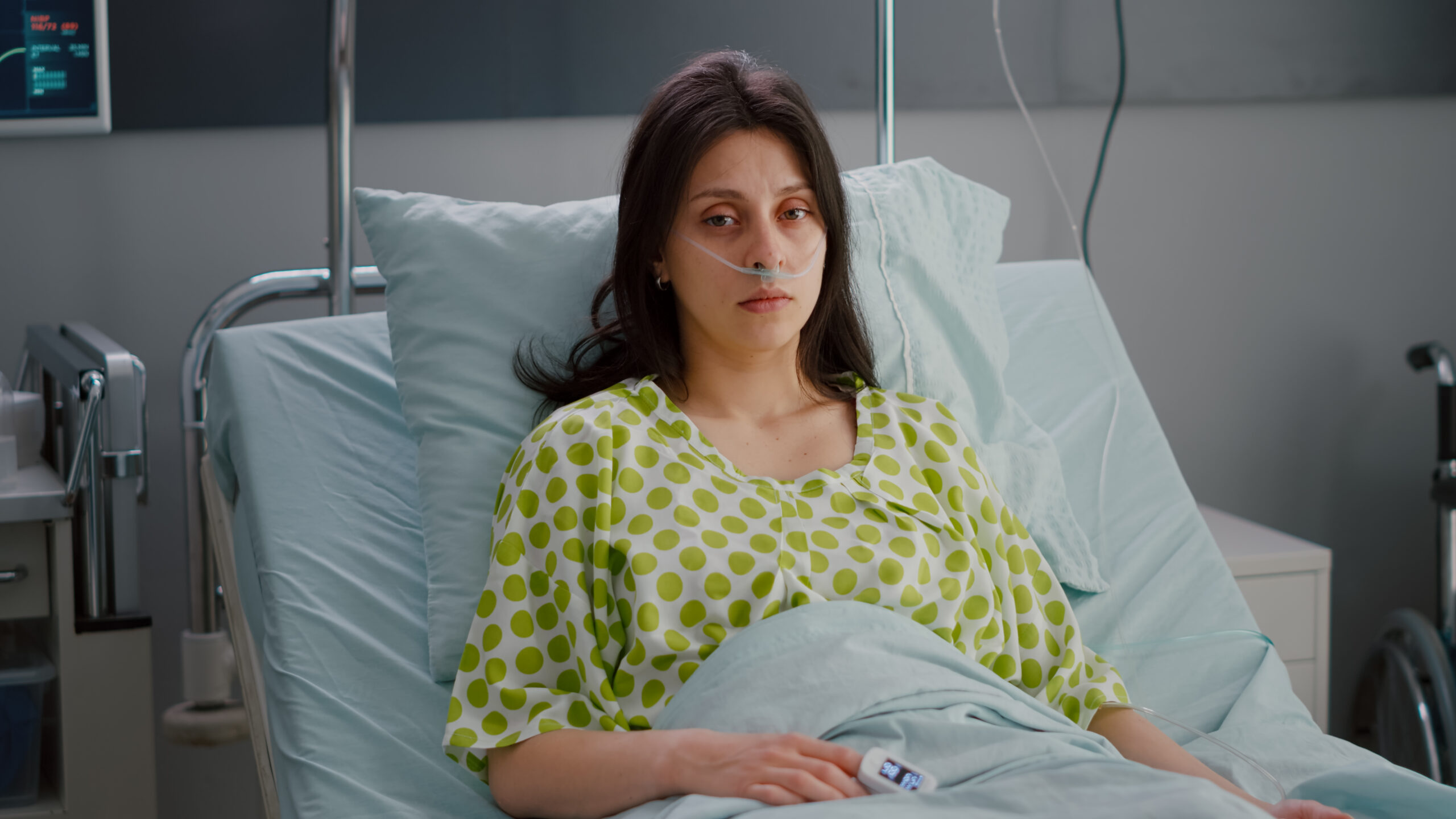Umbilical Hernia
- Home
- Umbilical Hernia
umbilical hernia
Dr. Prashanth Koyyoda provides expert evaluation and treatment for umbilical hernias, offering advanced surgical solutions tailored to each patient’s needs. An umbilical hernia occurs when part of the intestine or fatty tissue pushes through a weakened area near the belly button. While commonly seen in infants, it can also affect adults due to factors like obesity, pregnancy, chronic coughing, or heavy lifting.In adults, these hernias may persist or enlarge over time, leading to discomfort, tenderness, or complications such as bowel obstruction or strangulation. Dr. Koyyoda specializes in both open and laparoscopic repair techniques, ensuring safe and effective outcomes with minimal downtime. His patient-focused approach and clinical precision make him a trusted choice for umbilical hernia treatment in Hyderabad. Early diagnosis and timely intervention under his care can prevent serious health issues and support a smooth recovery.

Exploring the Causes & Risk Factors of Umbilical Hernia
Understanding the causes of umbilical hernia is crucial for proper prevention, timely intervention, and overall well-being.
Increased Abdominal Pressure
Conditions like obesity, chronic coughing, heavy lifting, or persistent constipation can significantly increase abdominal pressure, pushing internal tissue through the belly button area and causing a hernia.


Weak Abdominal Muscles at Birth
Some individuals are born with a naturally weak umbilical ring. If this small opening in the abdominal wall doesn’t close properly, it may lead to herniation later in life.
Pregnancy or Multiple Pregnancies
Carrying one or more pregnancies can stretch and weaken the abdominal wall. Over time, this makes the belly button area more prone to developing a hernia, especially in women.

Symptoms of Umbilical Hernia

Belly Button Area Noticeable swelling or protrusion around the navel.

When Bending Aggravated during activities or physical strain.

Swelling Increases With Coughing or Lifting Hernia becomes more prominent during exertion.
Especially after meals or pressure in the belly
Around Umbilicus May signal inflammation or potential infection.
Warning sign of strangulated hernia, needs urgent care.

Treatment goals for umbilical hernia
Advanced umbilical hernia treatments ensuring comfort, strength, and recovery
-
Watchful Waiting :
In infants or adults with small, painless hernias, monitoring is often recommended initially. -
Umbilical Hernia Repair Surgery :
Surgical closure of the hernia using sutures or mesh restores abdominal wall integrity. -
Laparoscopic Hernia Repair :
Minimally invasive technique offering quicker recovery, less pain, and reduced scarring. -
Open Hernia Repair:
Traditional surgical method, effective for larger or recurrent umbilical hernias in adults.
FREQUENTLY ASKED QUESTIONS

Umbilical hernias in adults often result from increased abdominal pressure due to obesity, pregnancy, or heavy lifting, especially if the abdominal wall is already weak.
Dr. Prashanth advises surgery when the hernia becomes painful, enlarges, or shows signs of complications like strangulation or obstruction to avoid emergencies.
For many patients, laparoscopic repair offers less pain, smaller scars, and quicker recovery. Dr. Prashanth tailors the approach based on your hernia type and overall health.
Treatment often involves surgery to repair the hernia and strengthen the abdominal wall. Dr. Prashant may recommend laparoscopic or open surgery, depending on the hernia’s size and location. He also advises proper post-surgical care to ensure proper healing and prevent recurrence.
While recurrence is rare with proper repair and recovery, it can happen. Following post-operative care and lifestyle changes lowers the risk significantly.
